How Apple’s Tariff Strategy Could Affect Your Next iPhone Upgrade
Apple’s $100 billion U.S. expansion could shift iPhone assembly stateside — impacting pricing, availability and your next upgrade decision.

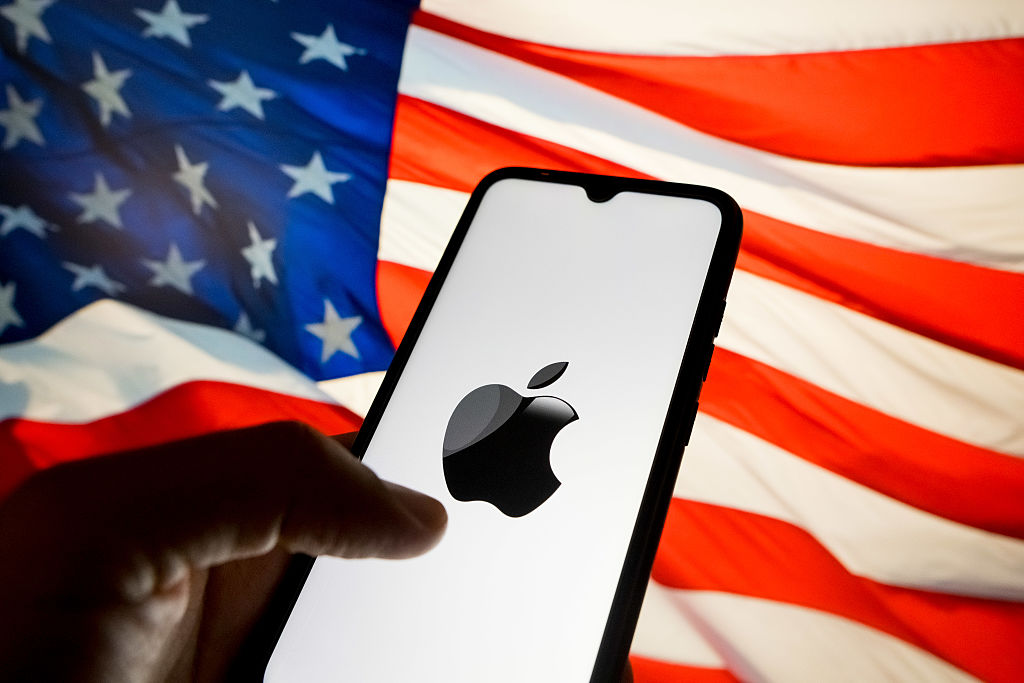
Apple announced on Wednesday that it would invest $100 billion to expand its manufacturing operations in the United States.
The Apple U.S. investment is the company’s latest effort to avoid President Donald Trump's tariffs, penalizing businesses for manufacturing products or sourcing components from overseas.
Earlier this year, Apple announced a $500 billion investment in increasing its manufacturing presence in the United States. Together, the moves mark a major strategic shift that could reshape where and how Apple devices are made — and potentially how much they cost.
From just $107.88 $24.99 for Kiplinger Personal Finance
Become a smarter, better informed investor. Subscribe from just $107.88 $24.99, plus get up to 4 Special Issues

Sign up for Kiplinger’s Free Newsletters
Profit and prosper with the best of expert advice on investing, taxes, retirement, personal finance and more - straight to your e-mail.
Profit and prosper with the best of expert advice - straight to your e-mail.
For consumers, that could mean higher iPhone prices, limited supply and tough upgrade decisions ahead.
How tariffs are affecting Apple
Apple has been heavily impacted by the Trump tariffs.
While most Apple products are manufactured in China, Apple started to move some production to India and Vietnam during Trump’s second term. Even so, the ever-changing tariffs on China and other countries have hit the business hard.
Apple predicts it's facing $1.1 billion in tariff-related costs in the next quarter, according to The Hill. The company has already amassed $800 million in tariff costs in the previous three months.
Get a free iPhone 16 Pro when you transfer service to T-Mobile. They will also pay off your old phone, up to $800.
What the Apple U.S. investment means
During an Oval Office meeting, Apple CEO Tim Cook announced the investment of an additional $100 billion to launch an American manufacturing program. The program will bring components of Apple’s supply chain to the United States.
That manufacturing expansion includes building a supply chain to manufacture chips in 24 factories in 12 states. Apple will also expand its partnership with Corning, a glass supplier, to build iPhones and Apple Watches with glass manufactured in Kentucky.
The Apple U.S. investment means more components will be manufactured domestically, but Cook didn’t commit to bringing iPhone assembly to the USA. He stated that iPhones will be assembled overseas "for a while," but highlighted the fact that Apple is manufacturing many components in the United States.
During the event, Trump threatened to implement a 100% tariff on semiconductors and chips that are manufactured internationally but explained that companies committed to building those components in the United States wouldn’t be charged.
"But the good news for companies like Apple is, if you’re building in the United States, or have committed to build — without question, committed to build in the United States — there will be no charge," Trump said. He did not provide additional details on when that 100% tariff might be implemented.
What the Apple tariff strategy means for device prices

With its U.S. investment commitment, Apple appears to be avoiding some tariffs that Trump has implemented, such as the extra 100% tariff on semiconductors and chips produced overseas. Its total $600 billion commitment to United States manufacturing is no small investment, either.
Though Apple might dodge tariffs, chances are that consumers will help pay for at least part of that $600 billion investment. Rumors of an iPhone 17 price increase are already circulating.
Some reports, such as this recent analysis from Tom’s Guide, suggest Apple might raise iPhone 17 prices this fall. The speculation stems from a Wall Street Journal report (pay wall) indicating Apple could charge more for the new models and is likely to sidestep citing tariffs as the cause.
This pricing strategy might tie into Apple’s ongoing efforts to offset rising costs — such as tariff exposure and expanding U.S. manufacturing — without drawing direct attention to those pressures.
What the Apple tariff strategy means for device supply
There’s also the issue of device availability. Details about the Apple U.S. manufacturing efforts are currently limited, but scaling up existing operations or implementing new manufacturing practices is often a challenging and somewhat slow process.
If these manufacturing transitions result in limited components, product availability could decrease, and that limited availability could result in price hikes.
Ultimately, if you anticipate buying an Apple product in the coming months, keep a close eye on prices and availability. It might be a good idea to buy an iPhone now before potential price increases.
Apple is taking definitive efforts to avoid tariffs, but the Apple U.S. investment could end up increasing prices and costing consumers more in the end, too.
What this means for your next iPhone upgrade
Apple’s massive U.S. investment might help it dodge costly tariffs, but those savings aren’t guaranteed to trickle down to consumers. In fact, building more domestically could contribute to higher production costs — and higher prices.
If you're thinking about upgrading your iPhone or buying other Apple tech, keep an eye on pricing and availability heading into the fall. Making your move sooner rather than later might save you money.
Related Content
Profit and prosper with the best of Kiplinger's advice on investing, taxes, retirement, personal finance and much more. Delivered daily. Enter your email in the box and click Sign Me Up.

Paige Cerulli is a freelance journalist and content writer with more than 15 years of experience. She specializes in personal finance, health, and commerce content. Paige majored in English and music performance at Westfield State University and has received numerous awards for her creative nonfiction. Her work has appeared in The U.S. News & World Report, USA Today, GOBankingRates, Top Ten Reviews, TIME Stamped Shopping and more. In her spare time, Paige enjoys horseback riding, photography and playing the flute. Connect with her on LinkedIn.
-
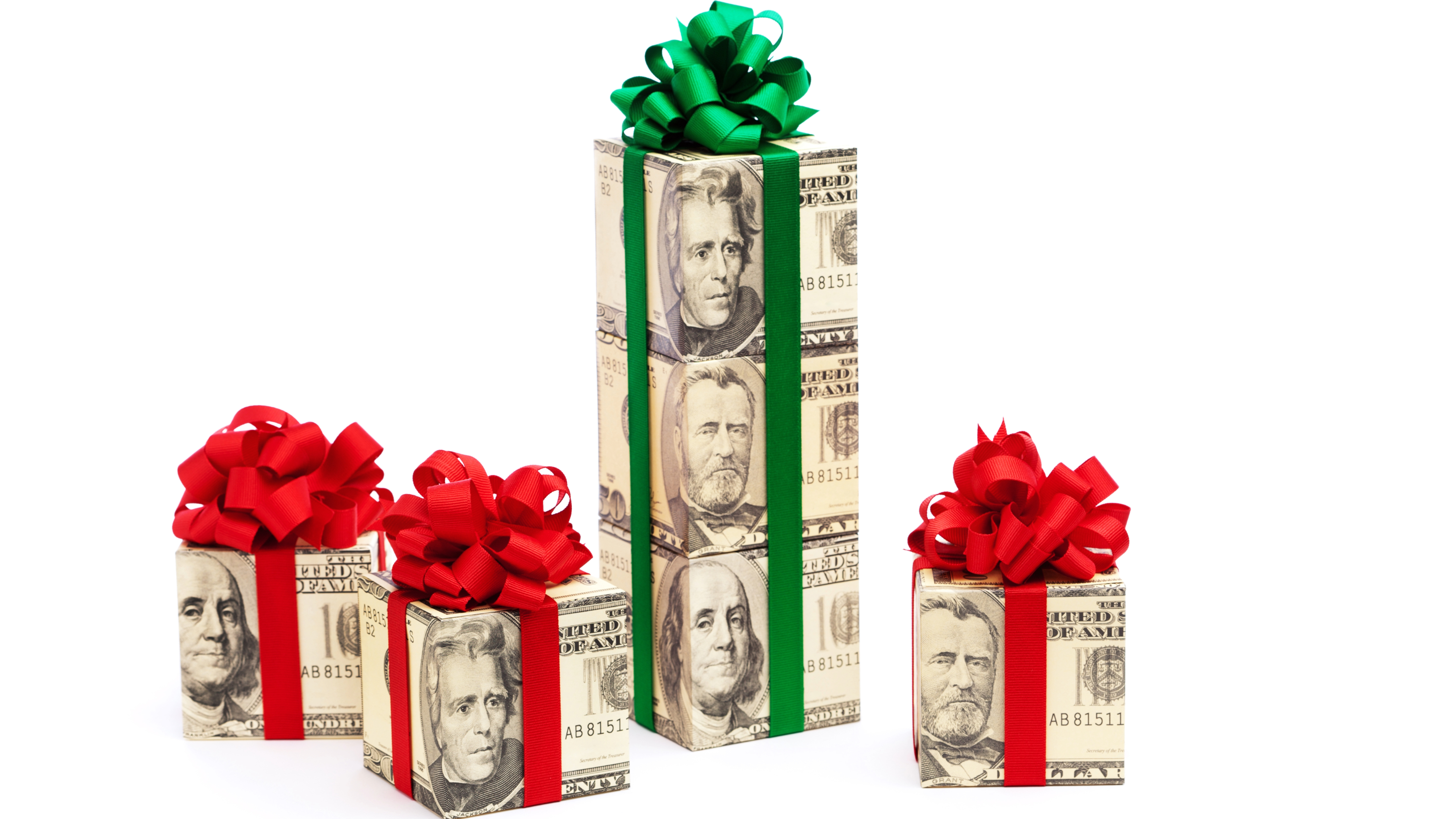 Plan to Give
Plan to GiveSponsored Charitable giving strategies in the wake of the “One Big Beautiful Bill."
-
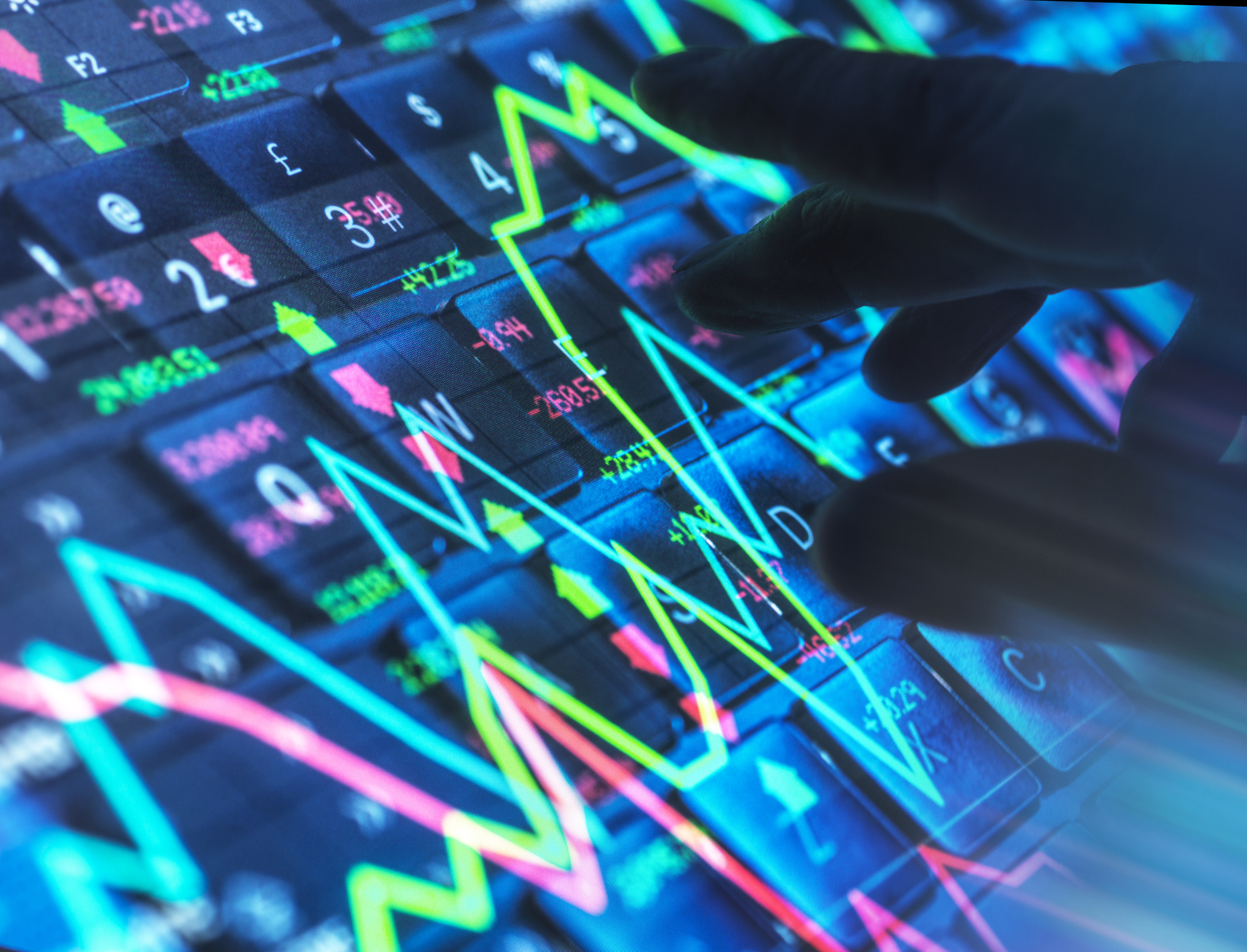 Stocks End Volatile Year on a Down Note: Stock Market Today
Stocks End Volatile Year on a Down Note: Stock Market TodayAfter nearing bear-market territory in the spring, the main market indexes closed out the year with impressive gains.
-
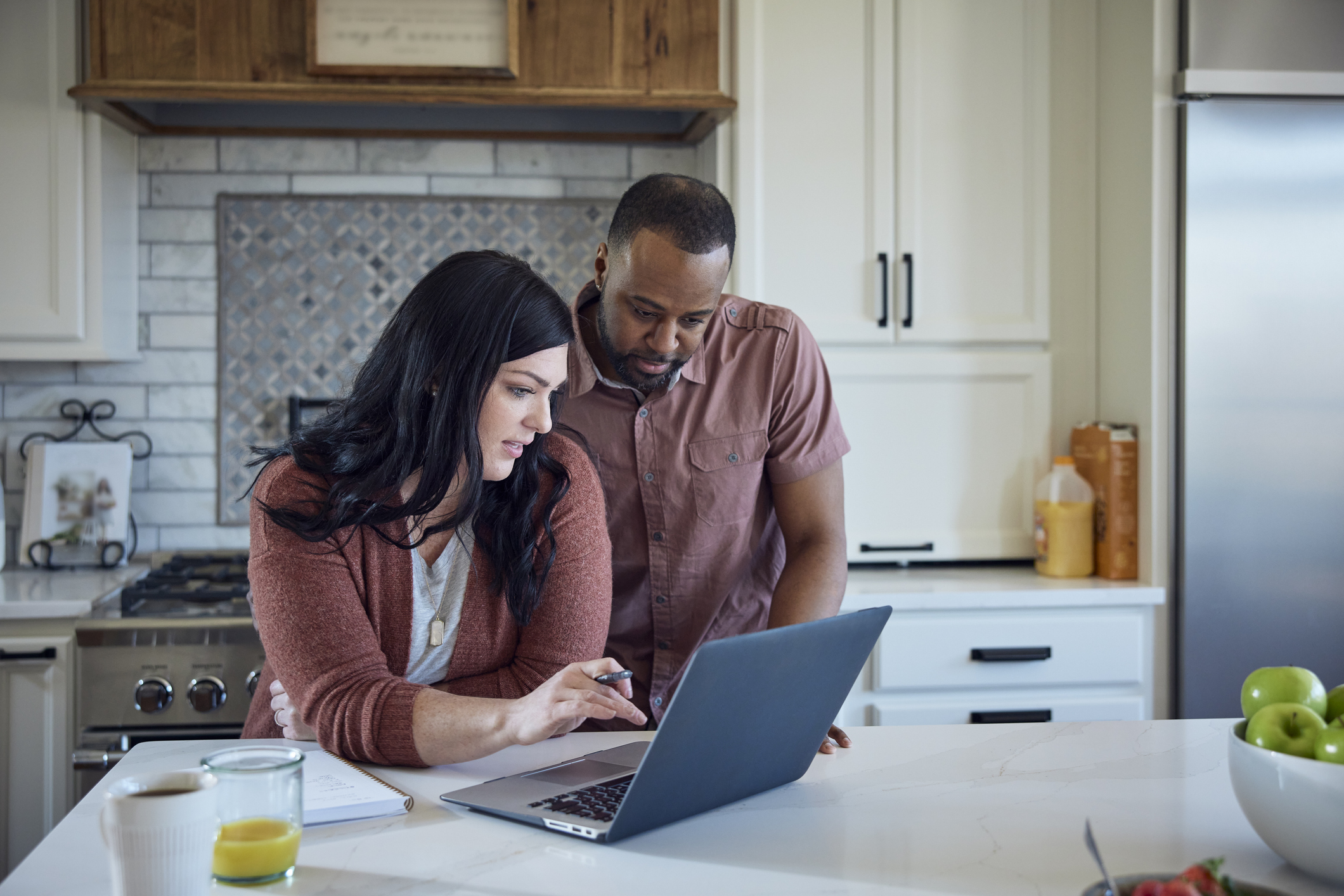 How We Manage Our Finances Together: 'When You Keep Score, You Can End Up Resentful'
How We Manage Our Finances Together: 'When You Keep Score, You Can End Up Resentful'Douglas Boneparth, a certified financial planner, and his wife, Heather Boneparth, speak with Kiplinger about couples managing finances.
-
 How We Manage Our Finances Together as a Married Couple
How We Manage Our Finances Together as a Married CoupleDouglas Boneparth, a certified financial planner, and his wife, Heather Boneparth, speak with Kiplinger about couples managing finances.
-
 How AI Is Changing the Way Americans Spend on Live Events
How AI Is Changing the Way Americans Spend on Live EventsAI bots are reshaping ticket prices, resale markets and how fans shop. Here's what it means for your wallet and how to get the best deals on concerts, sports and shows.
-
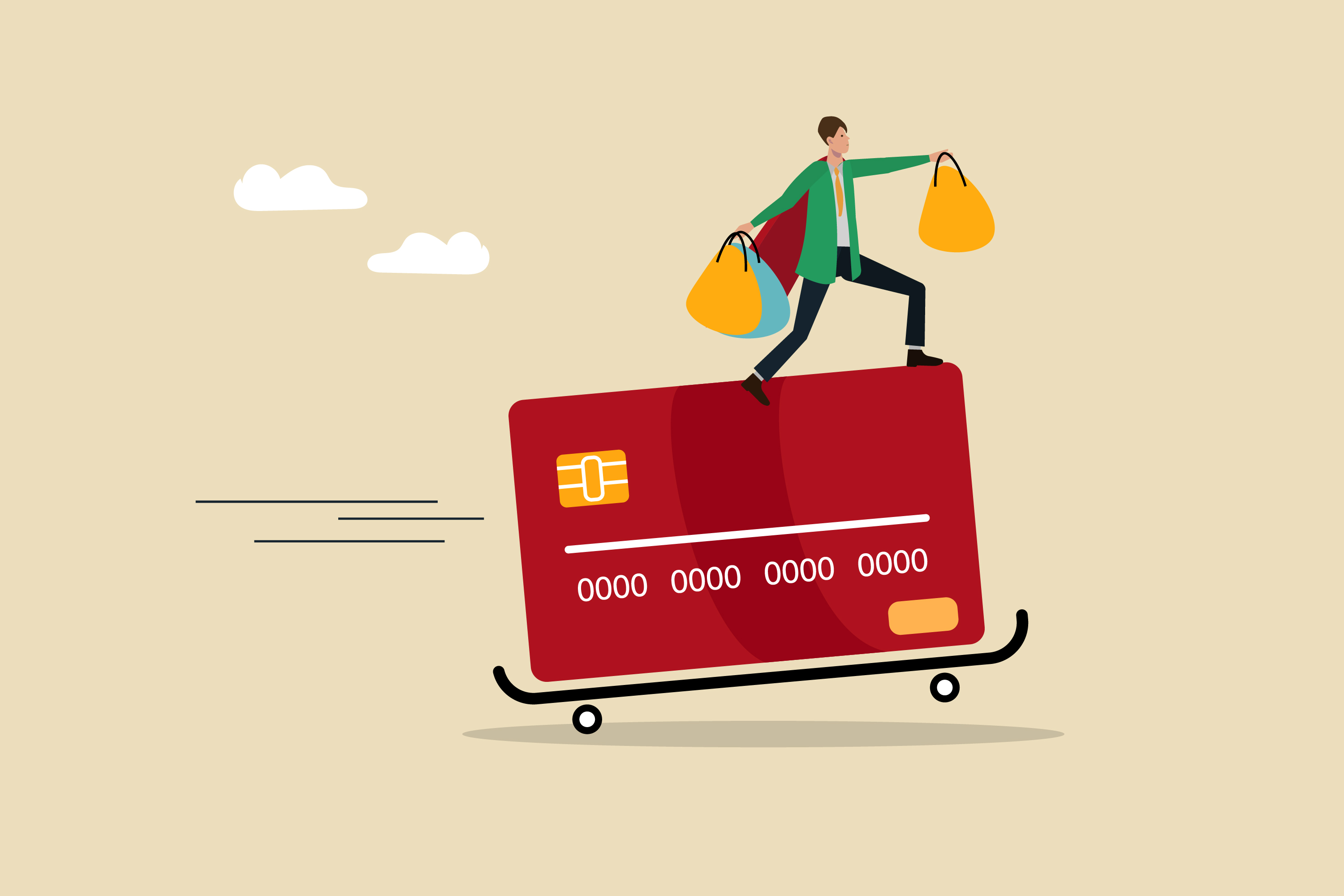 What Bilt Cardholders Need to Know as Wells Fargo Exits the Program
What Bilt Cardholders Need to Know as Wells Fargo Exits the ProgramA major shake-up in the Bilt Rewards program could affect your credit card, rent rewards and points strategy heading into 2026.
-
 Where to Stash Cash as Yields Fall, According to Advisers
Where to Stash Cash as Yields Fall, According to AdvisersYour best options depend on how soon you'll need the money and your tolerance for risk.
-
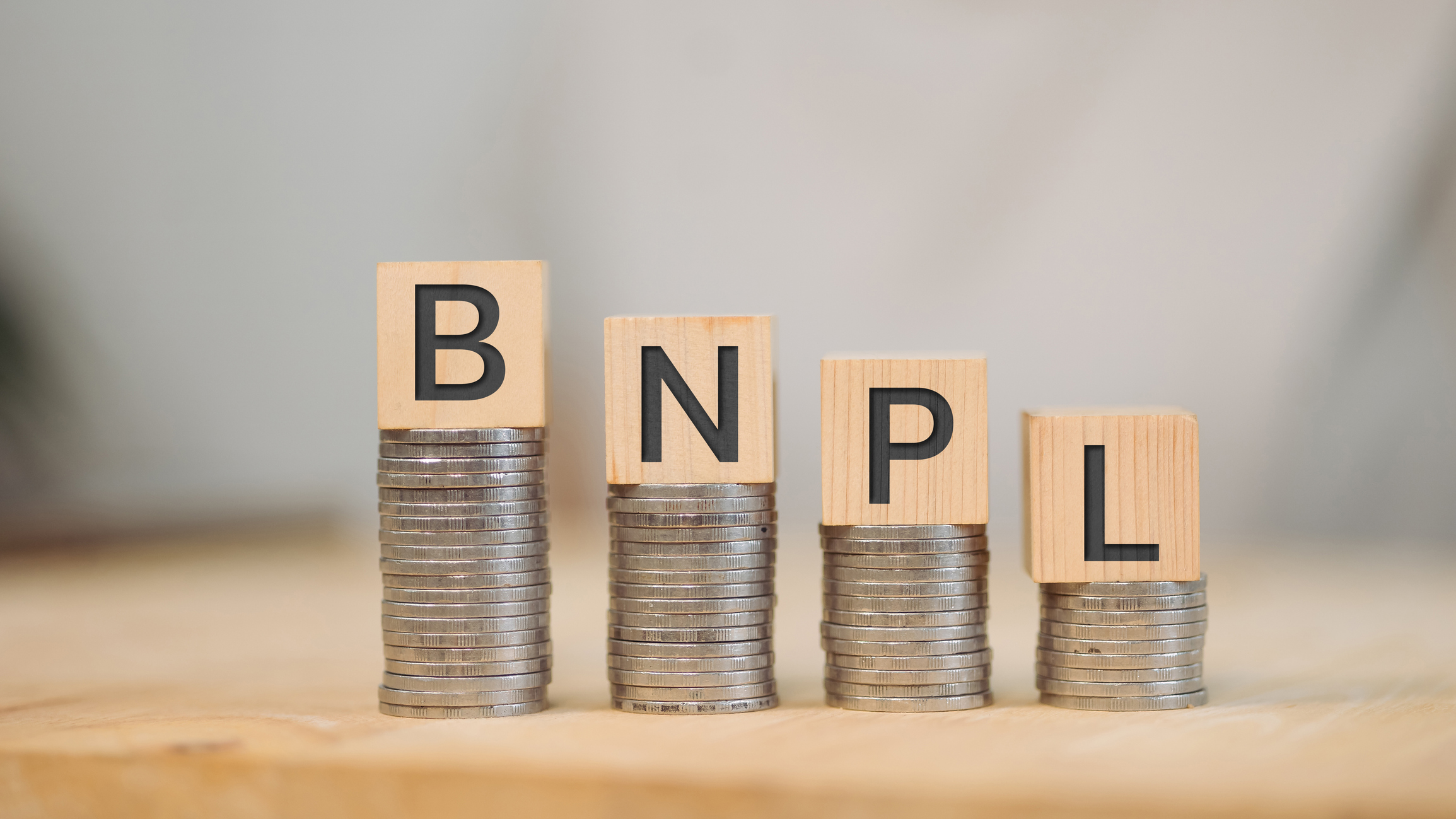 Should You Use Buy Now, Pay Later Options to Finance Your Vacation?
Should You Use Buy Now, Pay Later Options to Finance Your Vacation?Many travel companies are letting users pay in installments. But is "buy now, pay later" a smart financial decision?
-
 I'm a Financial Pro: You Really Can Make New Year's Money Resolutions That Stick (and Just Smile as Quitter's Day Goes By)
I'm a Financial Pro: You Really Can Make New Year's Money Resolutions That Stick (and Just Smile as Quitter's Day Goes By)The secret to keeping your New Year's financial resolutions? Just make your savings and retirement contributions 100% automatic.
-
 As We Age, Embracing Our Own Self-Doubt Can Be a Gift: A Cautionary Tale About Elder Financial Abuse
As We Age, Embracing Our Own Self-Doubt Can Be a Gift: A Cautionary Tale About Elder Financial AbuseAn aging couple hired a company that illegally required large deposits, and then they decided to stick with the company even after an employee stole from them.
-
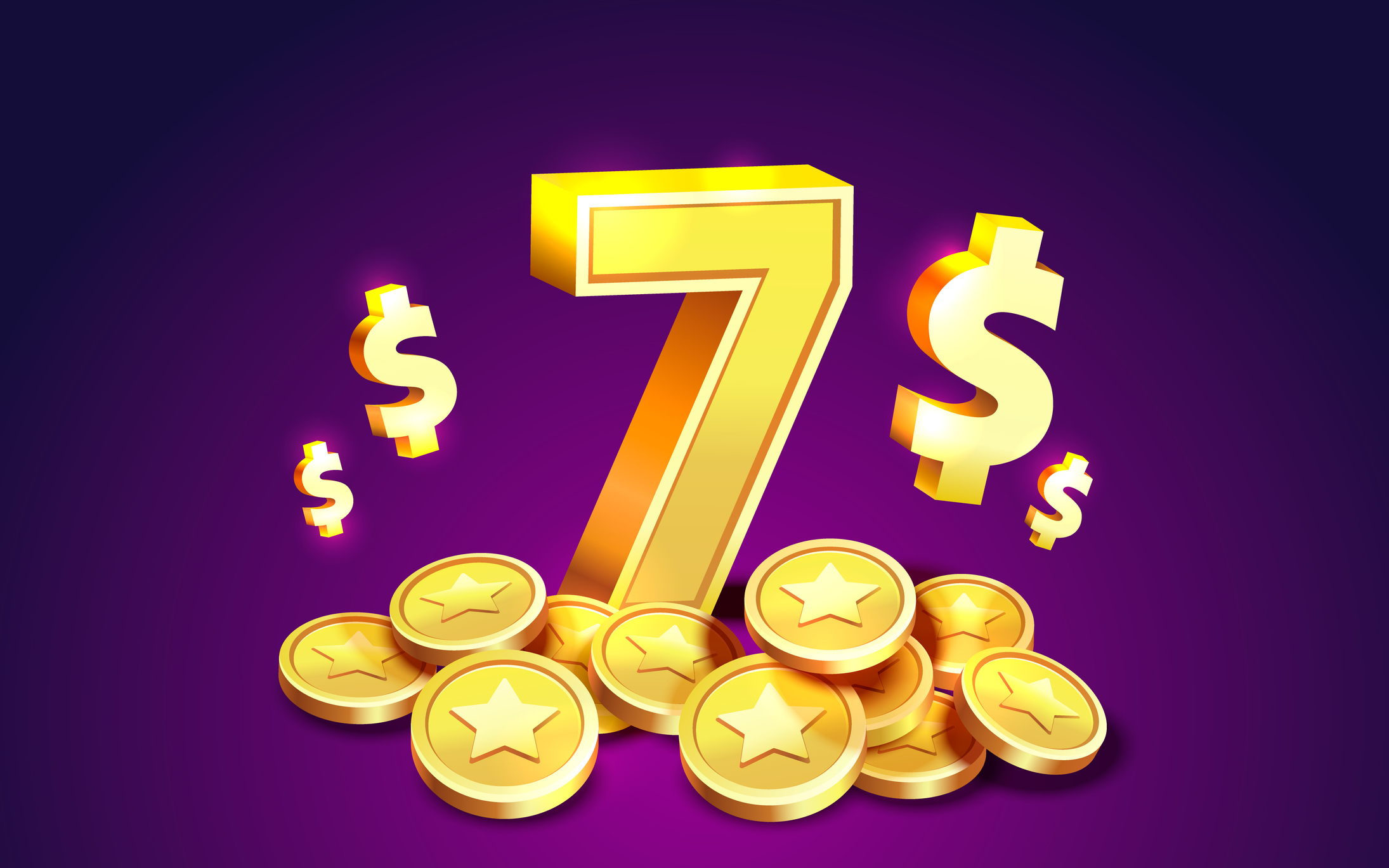 7 Ways to Save Money on Almost Everything
7 Ways to Save Money on Almost EverythingHigh prices got you down? These strategies can help you reap deep discounts on everyday spending.
